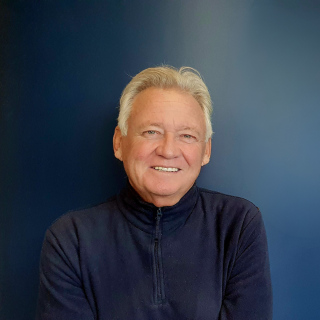Posted Wednesday March 3, 2021
This is not possible with traditional hearing aids because they’re designed to focus solely on speech coming from in front of you. But that’s not an ideal way to treat hearing loss. With such a limited sound scene, it becomes difficult to follow conversations. And it’s almost impossible to hear background sounds – which are vital for hearing naturally. Most importantly, a limited sound scene prevents your brain from getting the sound information it needs.
The sounds around you are constantly changing in unpredictable ways. Everywhere you go sound has far more richness than just speech. So your brain has evolved to handle all this complexity and create meaning from it.
Your ears capture sounds so your brain can identify them, locate them, and decide which to listen to, but it is your brain that “hears”, not your ears. New research has focused on better understanding the brain and developing technology that supports it. We have learned that the brain needs access to the full sound scene to naturally make sense of sounds, so when sound is enhanced it is better to give access to more for the brain to process.*
The latest generation of rechargeable hearing aids, known as “More™”, have been developed to do this. They use an artificial intelligence known as Deep Neural Networking that recognises over 12 million sounds. They are designed to select a preference for certain sounds over others, so in a noisy place will emphasise speech while reducing other unwanted sounds. More connects to blue tooth devices and even more android phone types.
* O’Sullivan, et al (2019). Puvvada, K. C., & Simon, J. Z. (2017).



